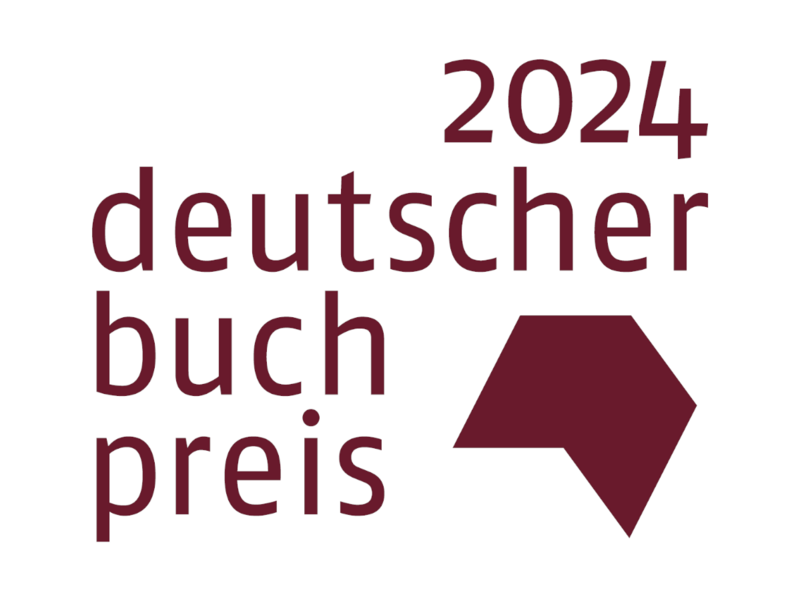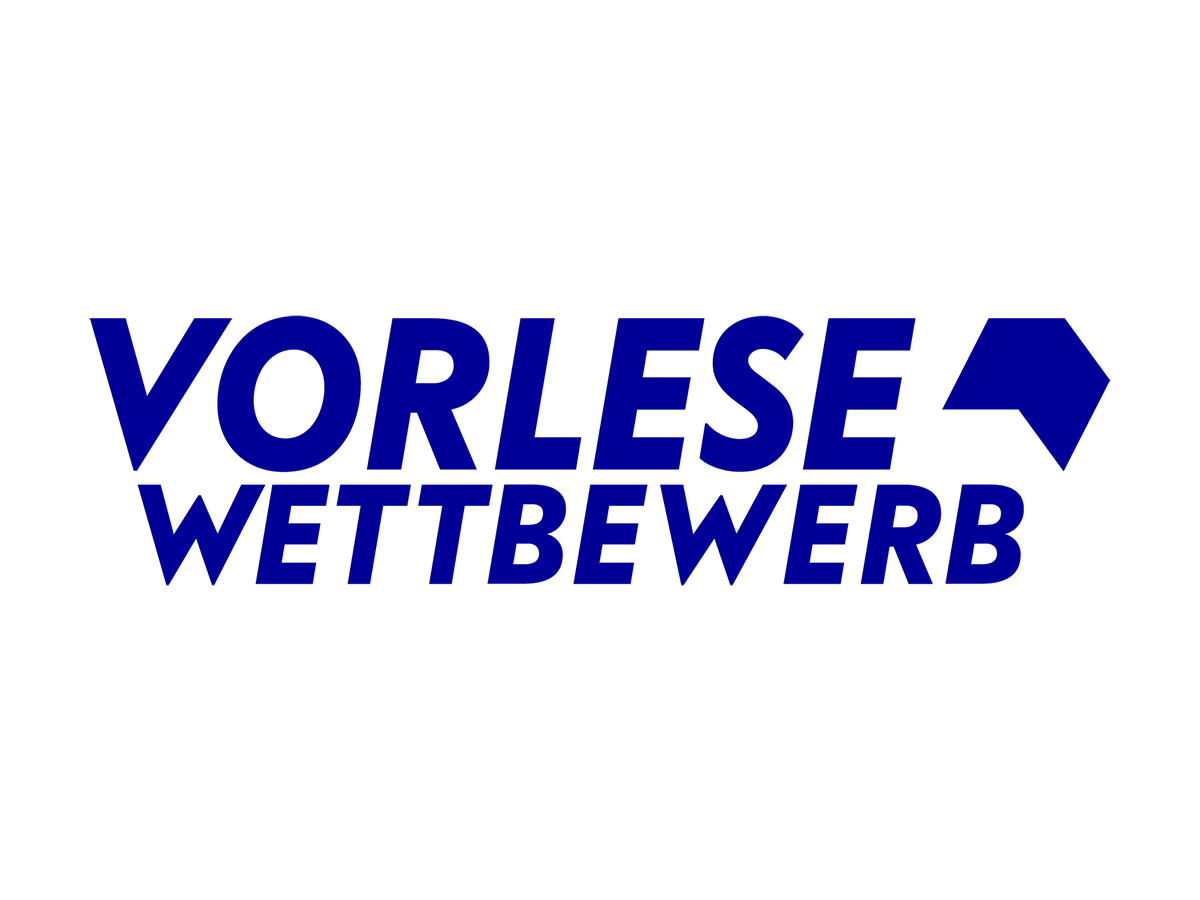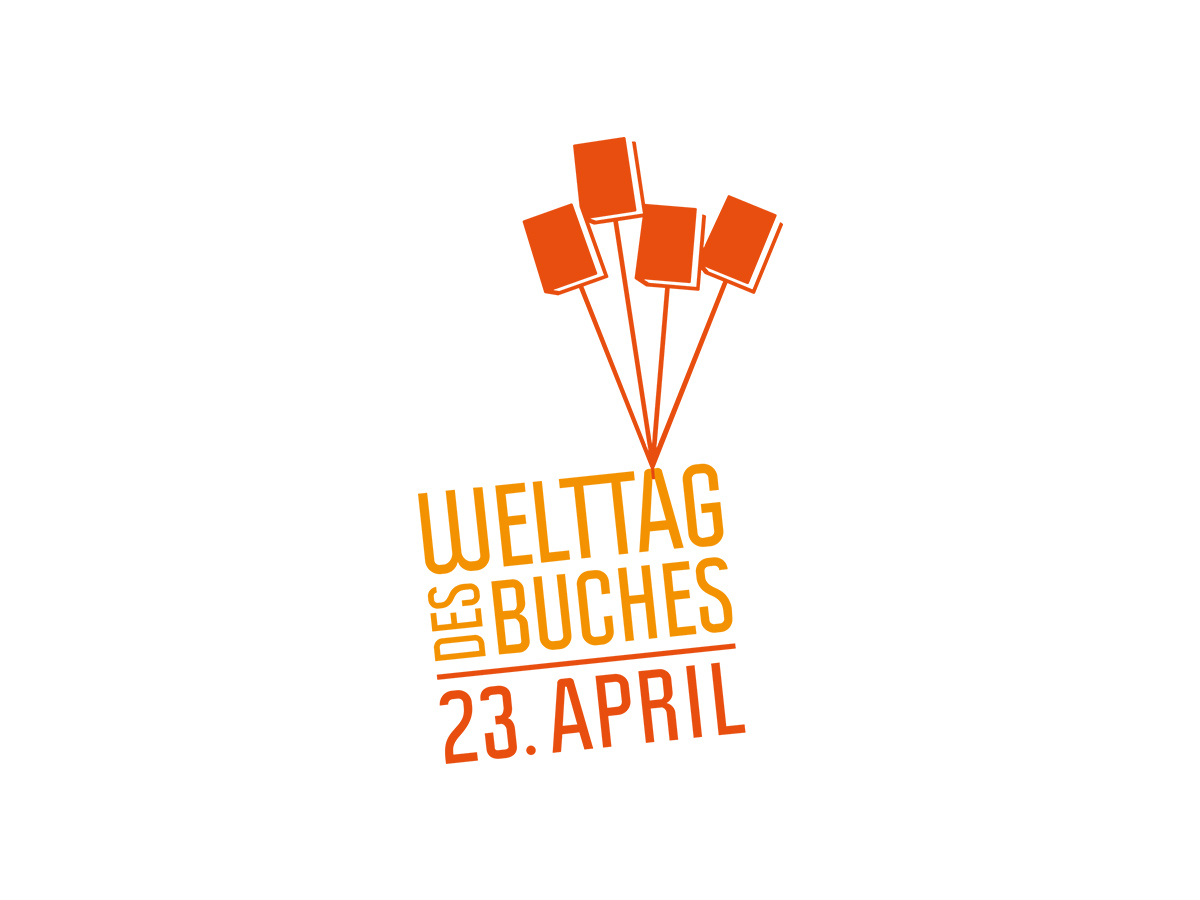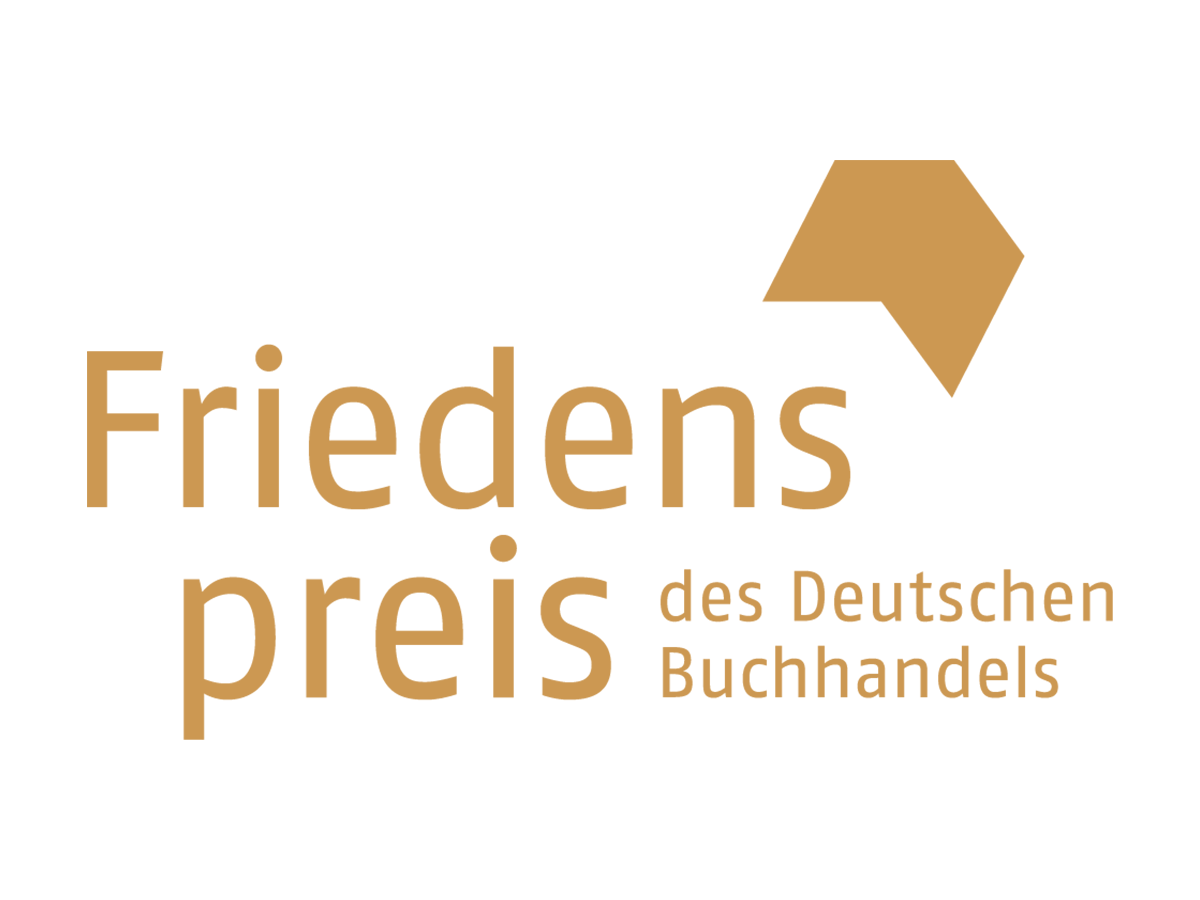The book market in Germany: Bookstores and publishers successful during the pandemic but facing challenges from new crises
Turnover increase in 2021 / Bookstores' online business continues to grow / Changes in consumer behaviour at the expense of diversity on the book market
Erstellt am 07.07.2022
First half of 2022: economic crisis, cost increases and paper shortage - turnover below pre-pandemic level / Secure framework of conditions and funding required / Current market figures can be found at www.boersenverein.de/buchmarkt
A pandemic, a paper crisis, a consumer slump - the German book market is going through turbulent times. So far, bookstores and publishing houses have overcome the Corona crisis through great dedication, an innovative spirit and an increased connection to their customers. The total turnover of the industry rose by 3.5 per cent in 2021. Nevertheless, the past two years have been very challenging for the industry from an economic perspective. It is now facing new hurdles in the face of procurement bottlenecks, increasing cost pressure and the effects of the Russian attack on Ukraine. This is already reflected in the half-year figures for 2022. After the first six months, the sales shortfall in the local book trade amounts to 11.1 per cent and across all sales channels (incl. online trade) to 3.0 per cent compared to 2019, the year before the outbreak of the pandemic. These and other key economic figures were presented today by the Börsenverein des Deutschen Buchhandels (German Publishers and Booksellers Association).
Karin Schmidt-Friderichs, Chairwoman of the Börsenverein says: “The book industry has proven itself during the Corona crisis. Thanks to a high degree of resilience, creative solutions and a strong digital competence, bookstores and publishing houses have succeeded in inspiring people to read and in supplying them with books thanks to stable logistics, despite long lockdowns. It fills me with great confidence that the demand for books, especially among young readers, was high.“
Despite the positive sales result last year, the pandemic placed a heavy economic burden on bookstores and publishers. Schmidt-Friderichs continues: "The bookstores' growing online sales are however offset by high costs for logistical handling; this reduces earnings for many, which is a major factor in an industry with fundamentally low margins. People also bought more selectively and chose bestsellers and well-known authors more frequently. The inspiration that lets customers discover new, unknown titles was missing due to bookstores being closed for months. This is somewhat unsettling for the great diversity that characterises the German book market. In times of tight budgets, publishers also tend to focus on 'safe' titles - the offbeat, the courageous, the innovative then sometimes miss out. The return of events where people can meet face-to-face, like the Frankfurt Book Fair, is essential for the industry; such events increase public awareness of books and are indispensable for the business and networks in the industry.”
Crises on the rise in 2022 - government support is required
Economically weakened by the pandemic, the book industry is encountering further crisis factors in 2022. Peter Kraus vom Cleff, Managing Director of the Börsenverein says: "The Russian war of aggression against Ukraine and its consequences are having a severe impact on people and are leading to drastic uncertainty and a reduction in consumption. It is becoming more and more apparent that the widespread reluctance to spend is also having an impact on the book trade. In addition, rising costs and procurement bottlenecks, for example for paper, are putting publishers and bookstores under pressure."
In June 2022, the GfK confirmed a new all-time low for consumer confidence. The footfall in city centres is currently still significantly below the pre-Corona level. In addition, companies in the book industry are experiencing significant price increases for energy, raw materials and staff. According to the German Federal Statistical Office, the printing costs for books in May 2022 rose by 21.1 per cent compared to the same month last year. In December 2021, it was still 3.8 per cent. The price of graphic paper and cardboard is also rising and was 58.2 per cent higher in May 2022 than in the same month of the previous year.
If the book industry is to continue to fulfil its important cultural and social role in society, the government must act quickly. Kraus vom Cleff continues: "In the face of an economic crisis of such historic magnitude, we call upon our politicians to support the affected industries. For the book industry, for example, the reduction of VAT on books to zero per cent with a full deduction of input tax, which has now been made possible through EU legislation, would be a great help. Structural support is also required to maintain diversity in the book market. In addition, we need programmes for the revitalisation of city centres which are well thought out and well-funded, such as those currently being called for by the German Cultural Council together with an alliance of associations. As cultural centres and “third places” par excellence, bookstores can play an important role in revitalising city centres."
Overview of the 2021 figures
The industry generated a total turnover of 9.63 billion euros in 2021 (2020: 9.3 billion euros). Physical bookstores remained the largest sales channel for books with 3.76 billion euros and a share of 39.1 per cent. However, this business was 3.6 per cent behind the previous year, and even 12.3 per cent behind the pre-Corona year of 2019. Internet book trade continues to grow, with bookstores' online shops accounting for about half of this: turnover increased by 16.2 per cent from 2.24 to 2.61 billion euros in 2021. The turnover share of the internet book trade in the total market was thus 27.1 per cent in 2021 (2020: 24.1 per cent). A look at the general public book market (excluding textbooks and reference books) shows: Local bookstores made the most significant gains in online business during the two pandemic years. At 43.7 per cent, the growth rate for bookseller web shops in 2021 was more than twice as high as Amazon's 18.4 per cent compared to pre-Corona levels.
The positive sales result in 2021 is reflected in almost all general public product groups. Fiction recorded the largest growth of 5.7 per cent compared to the previous year. With a turnover share of 31.9 per cent, it remains the most important product group. Books for children and young adults (+4.4 per cent), non-fiction (+3 per cent) and companions (+0.5 per cent) also increased. Travel books recorded a small minus of 0.4 per cent.
Last year's book purchases were more concentrated on bestsellers: while overall sales fell by 3 per cent, sales of the top titles on the bestseller list - i.e., the best-selling titles - rose significantly. Overall, sales of the top 10 titles increased by 23.6 per cent. In the fiction category, it was almost 40 per cent.
Demand for digital book formats continued to rise again in the second year marked by lockdowns and store closures. The market for audio book downloads grew particularly strongly with a plus of 20.4 per cent. The number of subscriptions, i.e., flat-rate offers for ebooks and audio books, also posted large increases of 24.1 per cent. Sales of ebook downloads on the general public market (excluding textbooks and reference books) rose only slightly by 3.2 per cent in the second pandemic year; their share of sales on the general public market was 5.7 per cent (2020: +16.2 per cent to 5.8 per cent)
The number of people buying books continued to decline in 2021: around 27 million people bought books, 5.1 per cent fewer than in the previous year. Those who did buy books, however, intensified their purchases. The 10 to 19 year-olds increased their spending the most during the pandemic period, namely by 26.9 per cent between 2019 and 2021. In addition, the average purchase frequency among the youngest group of buyers increased significantly from an average of 6.8 books in 2019 to 8 books in 2021.
The number of first editions by publishers fell more significantly in 2021 than in previous years. It decreased from 69,180 in 2020 to now 63,992 titles - which corresponds to a minus of 7.5 per cent. The decline was particularly strong in some science fields. There was also an above-average drop in children's and young adult books (-9.2 per cent), and a lesser drop in fiction titles (-3.1 per cent). The share of translations in first editions increased slightly from 13.2 to 13.6 per cent compared to the previous year but remains constant over the years. In 2021, a total of 8,703 titles from other languages (2020: 9,164) appeared for the first time on the German book market. After a slight dip in 2020, licence sales by German publishers abroad rose by 2.4 per cent from 7,597 to 7,777 titles. The two most important product groups in the German licensing business grew significantly: books for children and young adults by 10.8 per cent, fiction by 9.9 per cent.
Sources and further information
The figures on the shares and changes in turnover of the product categories as well as the development of sales in 2021 and the development of turnover in 2022 are taken from the Media Control retail panel. Figures on consumers and the data on the development of online stores, ebooks and audiobooks are taken from the GfK Consumer Panel Media*Scope Book. Data on the cost development for paper and printing is provided by the German Federal Statistical Office.
Figures and statistics of the 2021 book market are summarised in the publication "Buch und Buchhandel in Zahlen 2022" (Books and Book Trade in Figures 2021), issued by the Börsenverein and published in August by the technology and information provider MVB.
Service
All the current figures on the German book market can be found at www.boersenverein.de/buchmarkt







